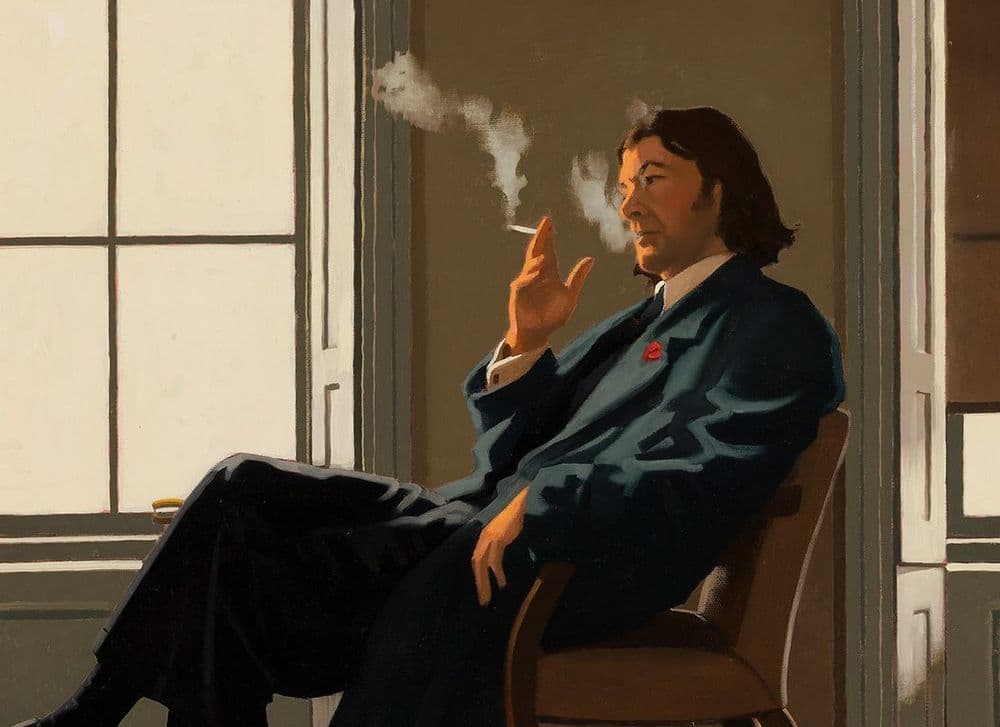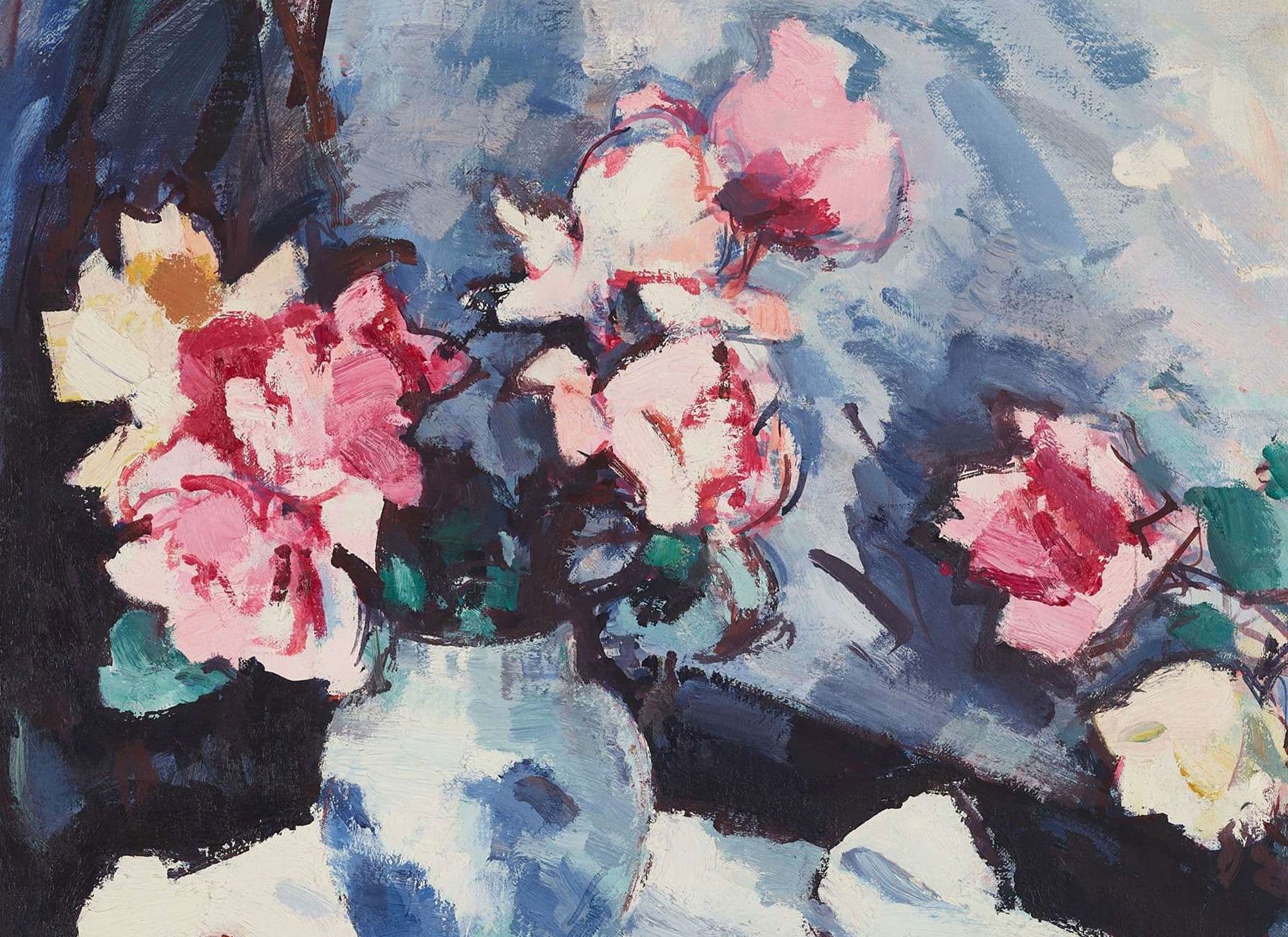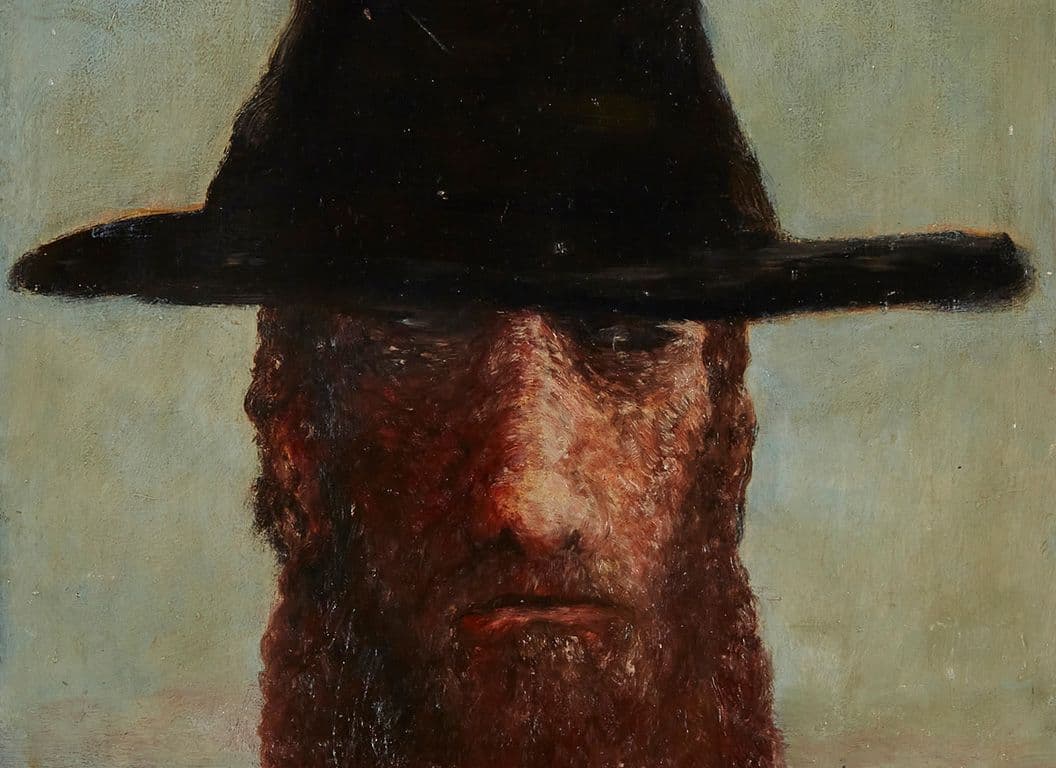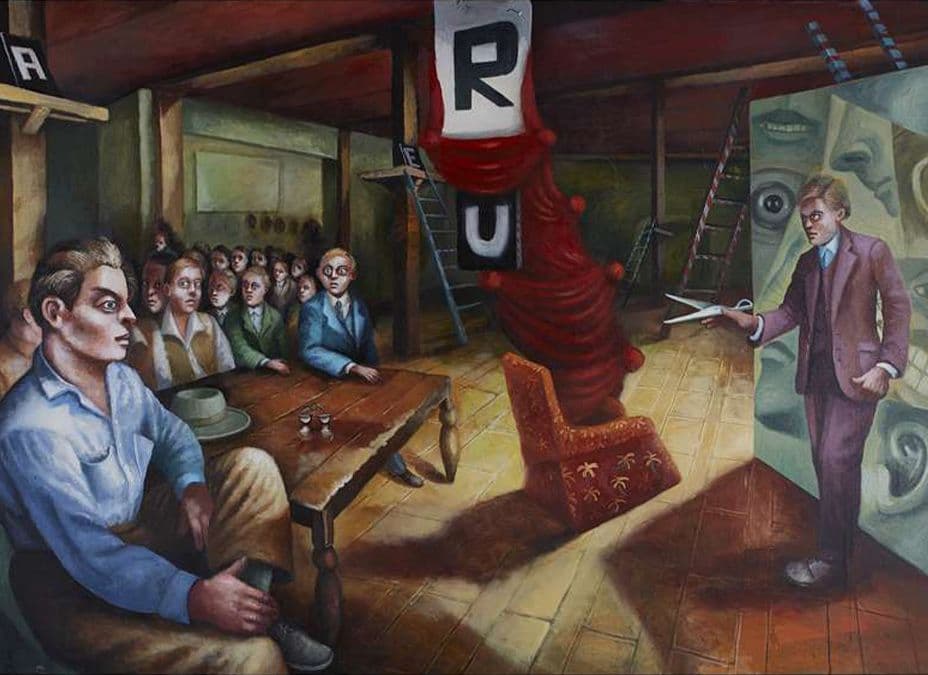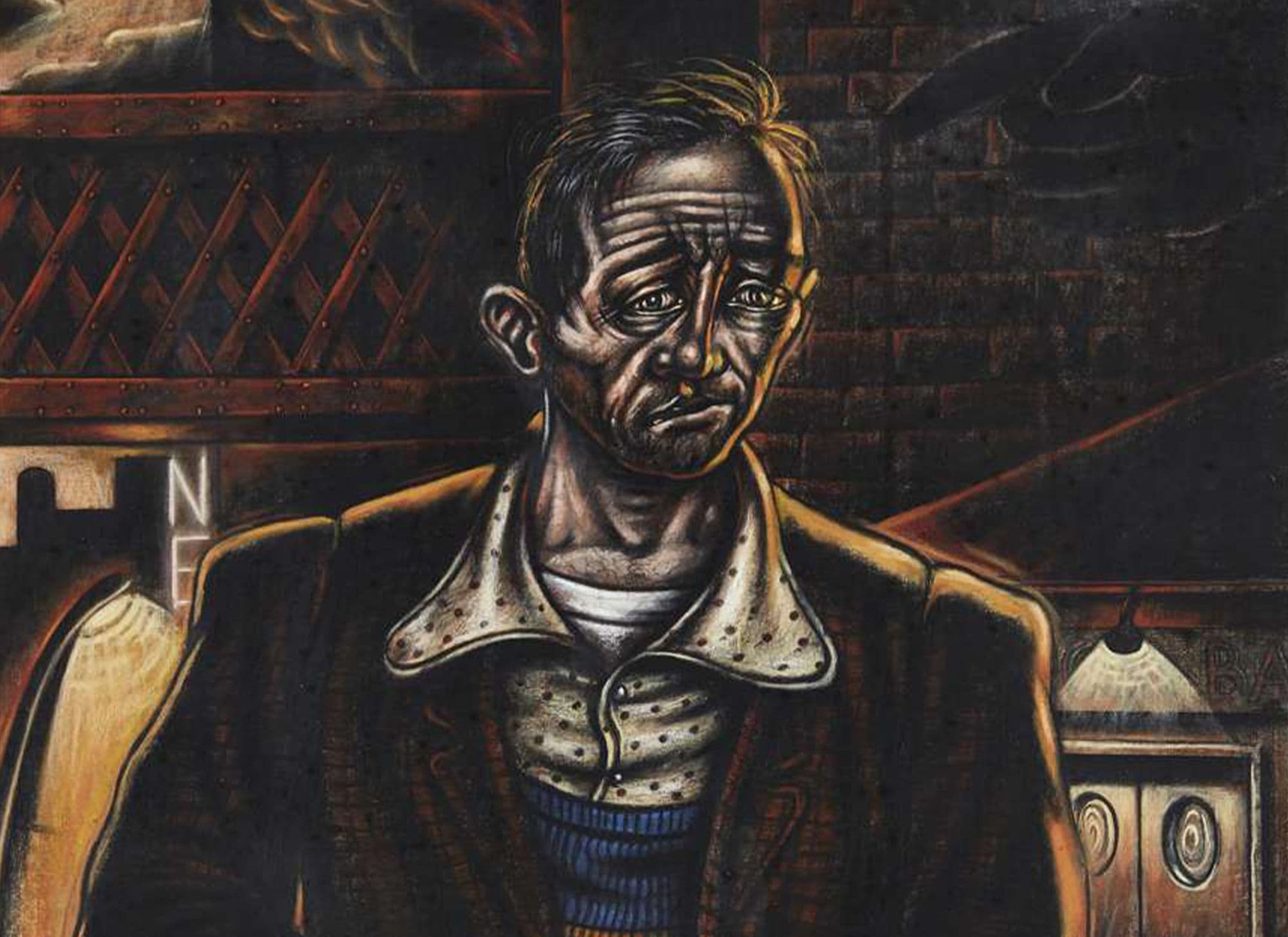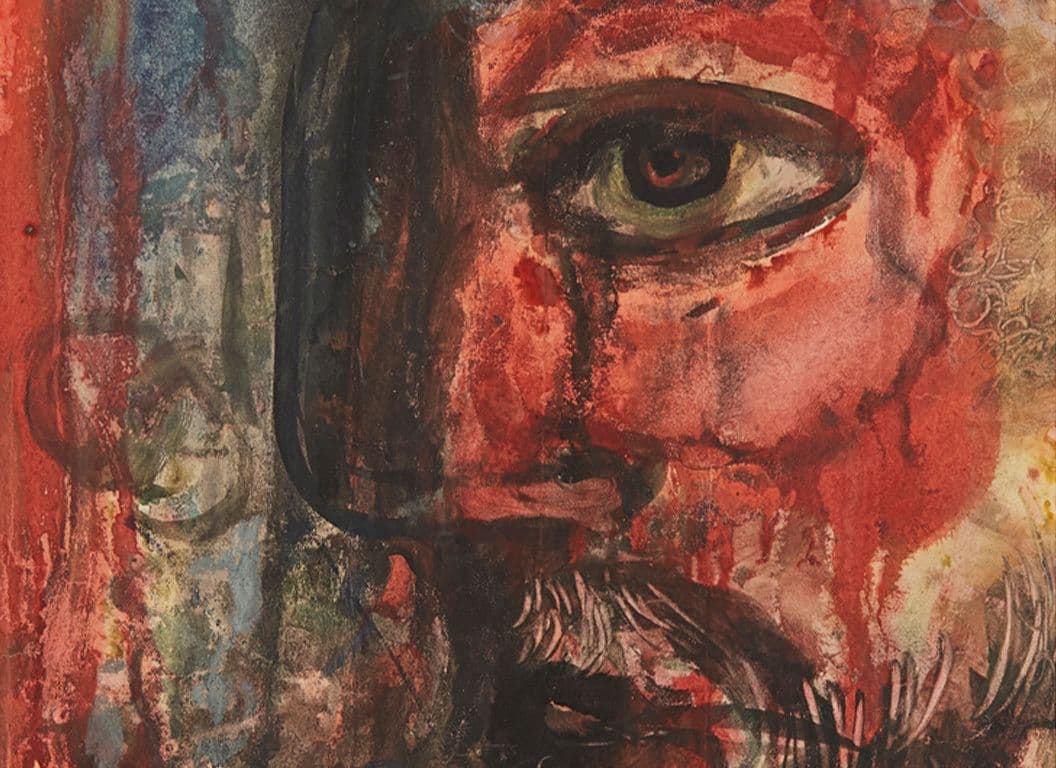From the beginning, Jack Vettriano’s paintings have evoked a distinctive and fully-realised world, and his work is therefore instantly recognisable. Dimly-lit Deco-style bars, bedrooms and restaurants are haunted by figures clad in elegant dresses and well-cut suits reminiscent of the 1930s.
‘It’s a perfect world I would like to have lived in.'
Yet his paintings go beyond nostalgic odes to a bygone era; they are also expressions of the artist’s worldview, so replete with longing and loneliness that they often read like stills from a film noir. Much of Vettriano’s work explores the complex dynamics at play throughout the rituals of courtship and seduction. It is arguably his talent as a narrative painter that makes the vignettes he conjures so compelling.
Vettriano was born Jack Hoggan in Fife in 1951 into a background of poverty. Famously completely self-taught, Vettriano was gifted a set of watercolours by a girlfriend for his 21st, thus beginning his passion for painting. His early work, signed Hoggan, was heavily influenced by Impressionism and the artists he observed at Kirkcaldy Museum and Gallery.
Art became a burning passion, and in 1986 at the age of 36, he quit his job in educational research and moved to Edinburgh to pursue art full time. Though rejected from the Edinburgh College of Art, he submitted two paintings to the Royal Scottish Academy’s open exhibition in 1987. Both sold on the first day and a number of galleries immediately made their approach.
What followed was a stratospheric rise to success with major gallery representation and shows that would sell out within hours. Reproductions of his most famous painting ‘The Singing Butler’ (1992) became the “best selling image” in Britain.
The irresistibility of Vettriano’s journey from Scottish coalminer to globally-successful artist is undeniable. In 2014 his biggest-ever retrospective at Kelvingrove broke the museum’s attendance record, and the appetite for Vettriano remains strong as ever. He famously often paints himself into his own compositions, either immersed within his glamorous nocturnes or in his studio amidst his canvases, as with the striking 2001 example Artist in Studio.
Though his unorthodox rise to success out-with the usual art world frameworks was the source of much controversy, his keen market - which once again seems to be on the rise - attests to the longevity of interest in his work and his firm position in the canon of British art.
Vettriano passed away in March of 2025.
